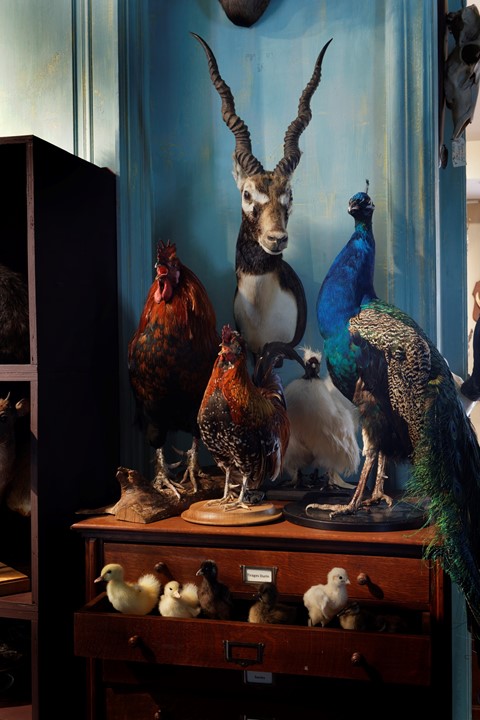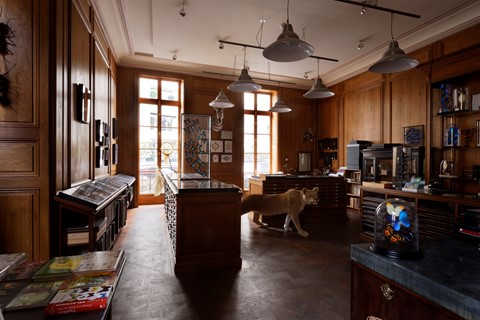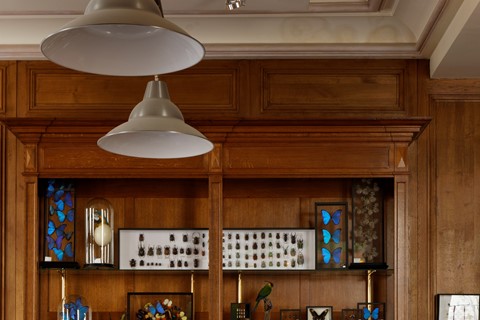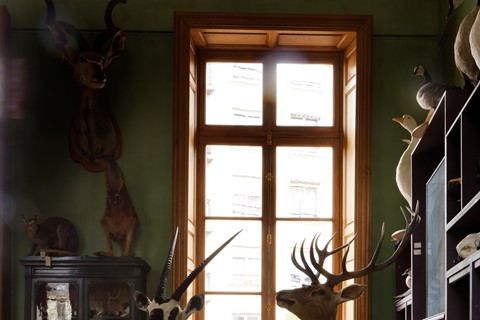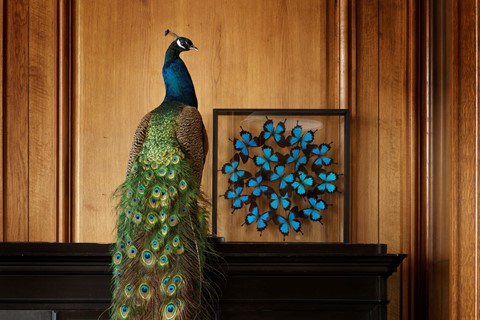Far more than simply an extraordinary taxidermy boutique, Deyrolle has built an unparalleled reputation for championing art, nature and education since its foundation in 1831
In the heart of Paris’ seventh arrondissement, just up the road from Café de Flore, is Deyrolle, an 1831-founded cabinet of curiosities. Stepping inside the storied institution is like nothing else, for housed in Deyrolle are many unforgettable objects and artefacts – notably animals, birds and insects preserved through taxidermy – that have been collected by the house since its inception. The pieces are available both to touch and to buy, meaning that Deyrolle strikes a fine balance between existing as a museum, boutique and educational institution. “It is like going to the British Museum, or the New York Natural History Museum, or the French one,” explains Prince Louis Albert de Broglie, who has owned Deyrolle since 2001, “but here you can speak to the animals, touch the animals, even buy the animals, and among them are plenty of other things.”
Deyrolle is famed for its unparalleled range of interests. Not only does it deal in specimens for its cabinet of curiosities (which it also used to collect for notable families around the world, including the Rothschilds for their Waddesdon Manor residence) but is invested in the education of natural history and biodiversity, in France and other countries. Nature, art and education are at the core of Deyrolle, as a new publication by De Broglie, A Parisian Cabinet of Curiosities, confirms – and the three tie into each other seamlessly. Take its taxidermy: every animal on display died of natural causes, and has been transformed into both an artwork and a beacon of history and education. While widely known for its exquisite taxidermy, De Broglie stresses that “Deyrolle is not only a taxidermist. It could be an entomologist, a mineralist, a geologist, an anthropologist, a conchologist – you know, looking after shells.” Deyrolle champions “this universal approach of watching, observing nature, being overwhelmed by the beauty of it”.
Education has long played a key role at Deyrolle, since the development of a national science programme and the production of beautifully illustrated instructional charts – many of which feature in A Parisian Cabinet of Curiosities – that were distributed in school from the 1800s until the 1970s, and have been recently revived with a focus on preserving the Earth by De Broglie. Topics covered on such charts range from “climate change, diversity issues, territorial economists, circular economists, recycling – that’s where Deyrolle is so much more than an old institution from the past,” enthuses De Broglie. The preservation and observation of nature and the environment is key here – indeed, Deyrolle was an official partner of the 2015 COP 21 climate change conference in Paris, for which its new charts and tools were widely reissued.
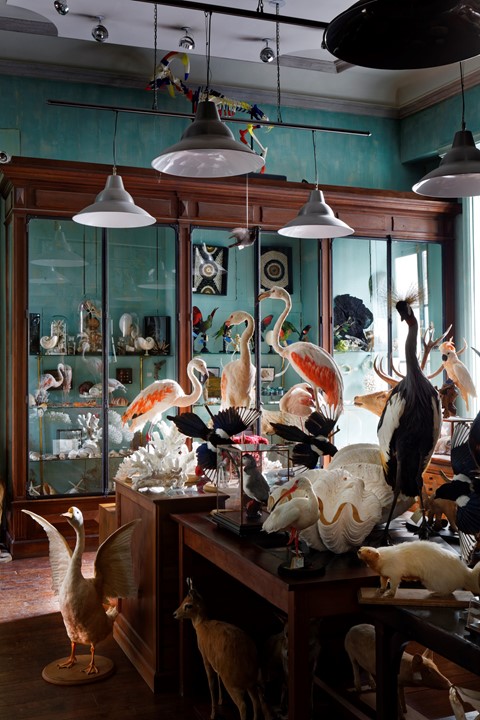
It’s not just in schools, though, that Deyrolle has found eager advocates. Artists and creatives have flocked to the institution and found inspiration there for many years. “It’s a wonderful place because it has been a place of fascination for all artists, ever since the Surrealists,” explains De Broglie. 2011 film Midnight in Paris, for example, was partly shot in Deyrolle, “because Dalí and Breton were fans of the place, which was sort of a way for them to be inspired for their work, for their writing, for their artistic pieces”. After a fire at the building in 2008, artists came together to help restore it – from Nan Goldin and Bettina Rheims to Claude Lalanne.
Exhibited at Deyrolle today is a piece by Damien Hirst – his own cabinet of curiosities, which pairs pieces from Deyrolle’s archives – mice, shells, skulls and the like – with household cleaning products by Vanish, Dettol and Domestos. The display is both charming and jarring, and a testament to Deyrolle’s strong ties to today’s art world. Even Wes Anderson is a regular visitor to the Rue de Bac boutique – which makes perfect sense once you marvel at its timeless and beguiling interiors. Deyrolle is extraordinarily broad in both the fields it attends to and its followers, meaning that its momentum will no doubt continue for centuries to come. As De Broglie says, “there is no other institution that crosses so many generations together with the same fascination, whether you’re old, young. There is a sort of incredible enthusiasm in coming together and learning and discovering and being overwhelmed.”
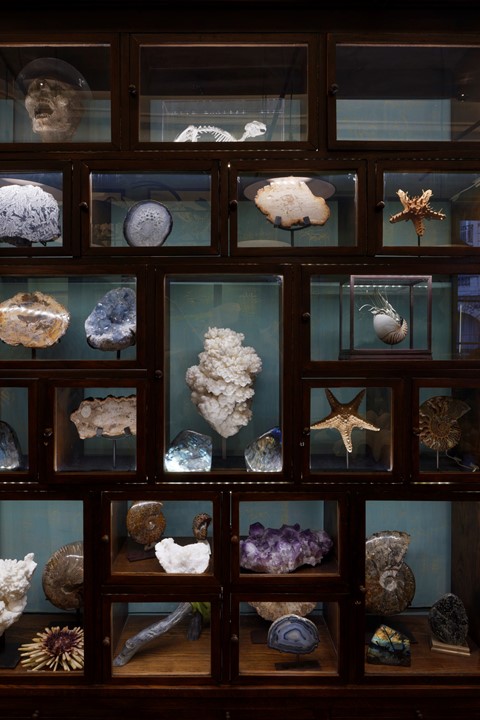
A Parisian Cabinet of Curiosities is available now, published by Flammarion.
